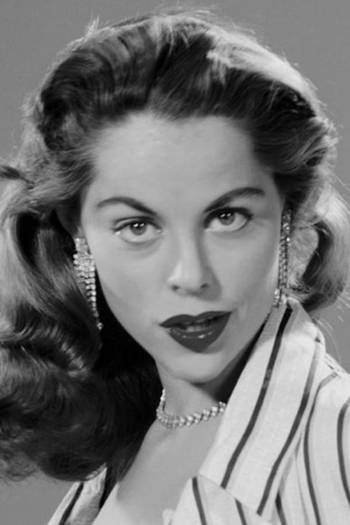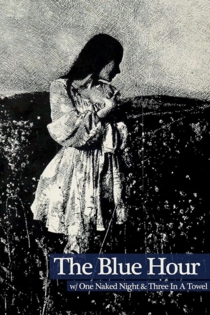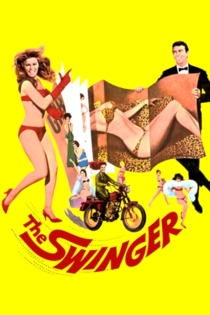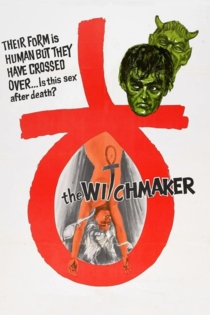
Diane Webber
1932 - 2008In the late 1950s, Webber became a popular model for the covers of LP records, including albums by Nelson Riddle, Xavier Cugat and Les Baxter, and also began appearing in bit parts on TV and, later, in films. In the mid to late 1960s, she embraced nudism and became a vocal advocate for the lifestyle. Webber was also skilled at Middle Eastern bellydancing and served as a professional bellydancing instructor in Van Nuys, California from 1969 to 1980. She died in Los Angeles on August 19th, 2008, following complications from surgery for cancer.
The Trial of Billy Jack
Tom Laughlin
Tom Laughlin, Delores Taylor
After Billy Jack in sentenced to four years in prison for the "involuntary manslaughter" of the first film, the Freedom School expands and flourishes under the guidance of Jean Roberts. The utopian existence of the school is characterized by everything ranging from "yoga sports" to muckracking journalism. The diverse student population airs scathing political exposes on their privately owned television station. The narrow-minded townspeople have different ideas about their brand of liberalism. Billy Jack is released and things heat up for the school. Students are threatened and abused and the Native Americans in the neighboring village are taunted and mistreated. After Billy Jack undergoes a vision quest, the governor and the police plot to permanently put an end to their liberal shenanigans, leaving it up to Billy Jack to save the day.
The Trial of Billy Jack

The Blue Hour
Sergei Goncharoff
Anne Chapman, Nicholas Wayne
THE BLUE HOUR tells the story of Tanya, a young woman with a mysterious past who finds herself trapped in a sexual hell in Los Angeles. Punctuated by striking visuals and avant-garde editing, THE BLUE HOUR is a lost masterpiece of late period sexploitation.
The Blue Hour

Sinthia: The Devil's Doll
Ray Dennis Steckler
Shula Roan, Peter Balakoff
Cynthia Kyle enters puberty with a vengeance, murdering her parents as they make love: she's wanted her father to love only her. Eight years later, she's free and wants to marry, but nightmares plague her so she seeks psychiatric help. The doctor asks her to describe a dream: it's long and elaborate with dreams within dreams of Lucifer, Hell, and her parents in various guises. To shed her guilt, the shrink recommends that she commit suicide in her next dream. In it, she falls in love with an artist who reminds her of her father, responds to a woman who finds her attractive, and celebrates her first school-yard kiss. The dream takes her back to her parents' bedside. Is any cure possible?
Sinthia: The Devil's Doll




